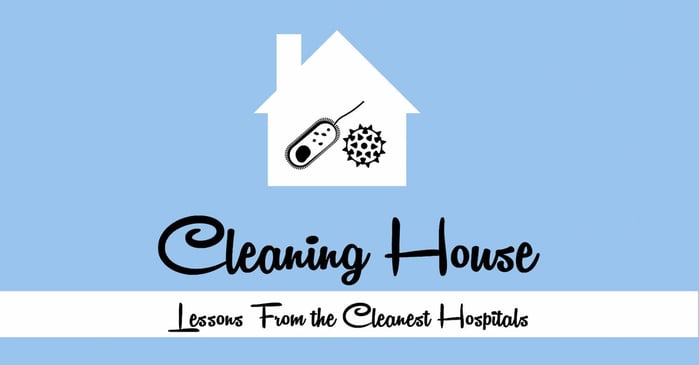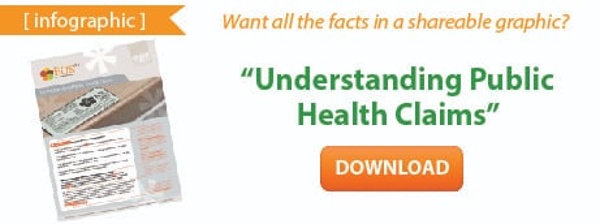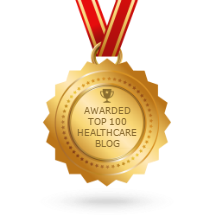 There is an astounding array of cleaning products available at your local store, online, and probably just sitting under your sink. Does it matter what you use to clean up after someone in your family has been ill? Absolutely. Today's post will help you pick the right product for your clean-up requirements.
There is an astounding array of cleaning products available at your local store, online, and probably just sitting under your sink. Does it matter what you use to clean up after someone in your family has been ill? Absolutely. Today's post will help you pick the right product for your clean-up requirements.
Thanks so decades of research in laboratories and in hospitals worldwide, we know the following two critical facts:
- Not all cleansers have the same efficacy against the same pathogens. Some pathogens are harder to destroy (eg. spores, tuberculosis bacteria), while some are easier to destroy (eg. Herpes virus, influenza virus).
- Depending on the cleanser, the time required to kill the pathogen (contact time) will vary. Some chemicals work well but evaporate fast, so you need to reapply. Others work slowly, so you have to wait a long time before you can wipe them off.
The terminology, ingredients, contact times, and pathogen lists can be overwhelming for the household consumer. Product names alone can be confusing. For example, an “all-purpose cleaner” may not kill germs, or a product labeled “antibacterial” may not disinfect. Luckily, the Environmental Protection Agency, or EPA, has a registration process that involves third-party laboratory testing of every product that claims to kills pathogens. If the product claims to kill E. coli, it must demonstrate in thousands of tests at a third-party laboratory that it kills 99.9% of E. coli in under 10 minutes with a 100% pass rate.
Here’s the rundown on how to pick the right cleanser to do the job right.
For everyday cleaning, you need a cleaner
You’ll notice we use the word “cleansers” throughout this post to refer overall to the liquids and products we discuss. That’s because a cleaner is a specific term that refers to products that only remove surface dirt, grime, grease, and other organic matter. After using a cleaner, a surface looks and feels clean, and might even smell nice, but it could still be covered in germs. A product may be a cleaner and a degreaser, a sanitizer, or a disinfectant, but to achieve each level, a longer contact time will be required. Basic cleaners will have “household cleaner” or “all-purpose cleaner” in their name. These products clean and/or degrease, and don’t have any antimicrobial claims. You could also put any cleaner with antimicrobial claims in this category if you simply spray and wipe the surface and move on.
For everyday cleaning of bathrooms and kitchens, you need a sanitizer
A sanitizer is a product that reduces the amount of bacterial contamination to levels considered safe by public health codes. Sanitizers do not eliminate all bacteria. Many products will have directions for use as a sanitizer or as a disinfectant: The sanitizing will take a shorter amount of time (under 30 seconds). On an every-day basis, you want to use a sanitizer in your bathrooms and kitchens because there’s plenty of water, warmth, and nutrients to encourage the growth of bacteria that comes from food and human waste. If no one is ill, sanitizing those areas is sufficient.
For cold, flu, or bug clean-up, you need a disinfectant
A disinfectant is a product that destroys disease-causing pathogens and microorganisms, but may do not kill spores (the hard-shelled lifecycle stage of some bacteria), although some do. The exact bacteria strains, viruses, fungi, and other microorganisms will be specifically listed on the label. These are the products that have “Kills %99.9 of bacteria*” or “Kills the flu and cold virus*” on them, with the * taking you to the exact species and strains.
Here’s an example of a disinfectant that lists the organisms it has been demonstrated to kill as well as instructions for various levels of cleanliness.
![]()
>But what kind of disinfectant?
High-level disinfectants created specifically for healthcare use are not necessary for your household cleaning, unless your doctor informs you that this level of disinfection is necessary. What you want to get is a disinfectant that kills the pathogen you are cleaning up.
Viral stomach bug
Look for a disinfectant that lists norovirus, rotavirus, or non-enveloped viruses on the label. The CDC recommends a chlorine bleach-based disinfectant, so look for bleach sprays, wipes, or mix your own. If you mix your own, use 5 – 25 tablespoons of household bleach per gallon, and mix a new batch each day, since bleach breaks down over time.
Bacterial stomach bug
You need to find a disinfectant that lists the specific pathogen on the label: Salmonella, E. coli, Listeria, etc. Remember to follow the instructions on the label for disinfection, since bacteria are harder to kill. Also important is to make sure you disinfect the entire bathroom regularly throughout the sickness, including walls, shower curtain, behind the toilet, under the mirror, etc.. These stomach bugs produce a lot of pathogenic bodily fluids that splash and aerate. (That’s partly why they are so contagious.)
Viral cold or flu
These are very plentiful in the marketplace. Just look for “kills cold and flu virus*” and follow the instructions on the label. After disinfecting, make sure to rinse toys or other objects that children may put into their mouths.
Fungal infections
Ringworm and athlete’s foot are names for the skin infection caused by tinea pedis, the most common fungal skin pathogen. You will want to focus on floors and on your laundry. In general, look for a disinfectant that is sporicidal to clean those bare foot zones like shower stalls and kitchen floors. There are anti-fungal cleansers on the market, but you want to make sure that your choice is sporicidal, since it is the spores of tinea pedis that cause repeated infection. For laundry, use chlorine bleach (not oxygen-based bleach) on clothes than can be bleached, use a non-bleaching disinfectant. Either way, use the hottest water possible.
If we were to summarize this post into one sentence it would be “Read the label.” The label will tell you what pathogen the product has demonstrated ability to kill, how to use it, any precautions you need to follow, and a wealth of other information. Just remember that not all cleaning products are created equal, so make sure you have the right one for the right job!
Our next post will conclude this series, highlighting the touchpoints you need to focus on when cleaning your home after illness. Don't miss it!
Editor's Note: This post was originally published in February 2016 and has been updated for freshness, accuracy and comprehensiveness.


